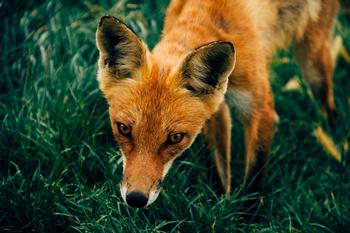Make a Blog using Django Part 2
Sep 17, 2015 · 3 Min Read · 2 Likes · 0 Comment
This post is now deprecated. Please follow the official tutorial for creating your first django application.
From previous post, you have configured and ran django, also added admin site to the django.
To view the working source of this tutorial, check here at: https://github.com/ruddra/myblog/
Create entry in database
Now click on the myblog section and click add to add new blog. You can create new tags using Tags section of the admin page or clicking the (+) button right beside the Tags section on the new blog creation page, marked with blue circle in the previous image. After successfully adding a new blog, you can see it in list view page.
Creating new tags is easy, just click on the Tags section in the admin page and press add tags button.
Templates
Now you have created new blogs and tags. Its time for showing them in templates.
For making data visible in templates, you need to use views to send data to them. let’s use Class Based View(CBV) for that. ListView is most appropriate for viewing all blogs in one page as it renders a page representing a list of objects. You can directly use this generic CBV in urls like:
urlpatterns = patterns('',
url(r'^admin/', include(admin.site.urls), name='admin-site'),
url(r'^$', ListView.as_view(model = MyBlog, template_name = 'blog_list.html'), name='blog_list'),
)
Here, you need to create a template as well to view the data sent from this view:
<ul>
{% for blog in object_list %}
<li> {{ blog.title }} <br/>
<p> {{ blog.body }} </p>
{% endfor %}
</ul>
So now if you go to URL: 127.0.0.1:8000, you will see a list of Blogs in there.
Voila!! You can see the posts you are creating in admin site on this page.
Separating views
Now, for accessing each blog post separately, you can use Class Based View (CBV) for that. You can use DetailView for viewing content of one myblog object. For that, you can directly use it in urls like:
# ------------- Models ---------------
from myblog.models import Tag, MyBlog
# ------------- Generic Views --------
from django.views.generic.list import ListView
from django.views.generic.detail import DetailView
urlpatterns = patterns('',
url(r'^admin/', include(admin.site.urls), name='admin-site'),
url(r'^$', ListView.as_view(model = MyBlog, template_name = 'blog_list.html'), name='blog_list'),
url(r'^details/(?P<pk>[0-9]+)/', DetailView.as_view(model = MyBlog, template_name = 'blog_details.html'), name='blog_details'),
# Why naming the urls? Check below for usage of named urls
)
And update the template:
<h2>{{ object.title }}</h2>
<p>{{ object.body }}</p>
<b>Tags:</b>
<p>
{% for item in object.tags.all %} {{ item }} {% endfor %}
</p>
Blog details can visible to this url: 127.0.0.1:8000/details/1/ . There you should see the details of the Blog you have written before.
Now you can see all the posts and tags separately. Will do some tune-ups in next post. Cheers!!!
Last updated: Apr 05, 2024


I won't spam you. Unsubscribe at any time.